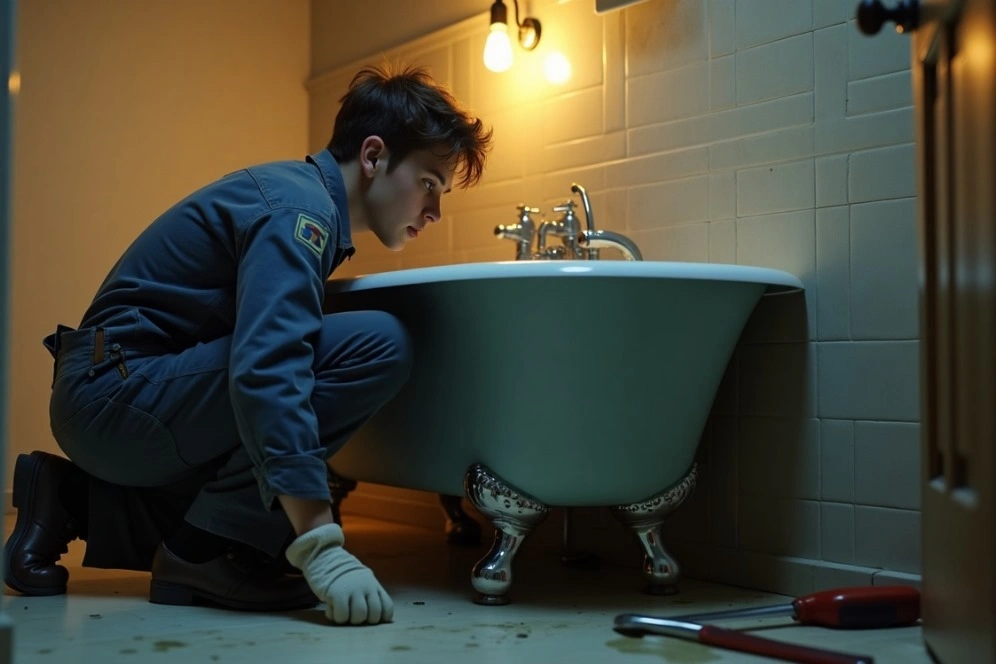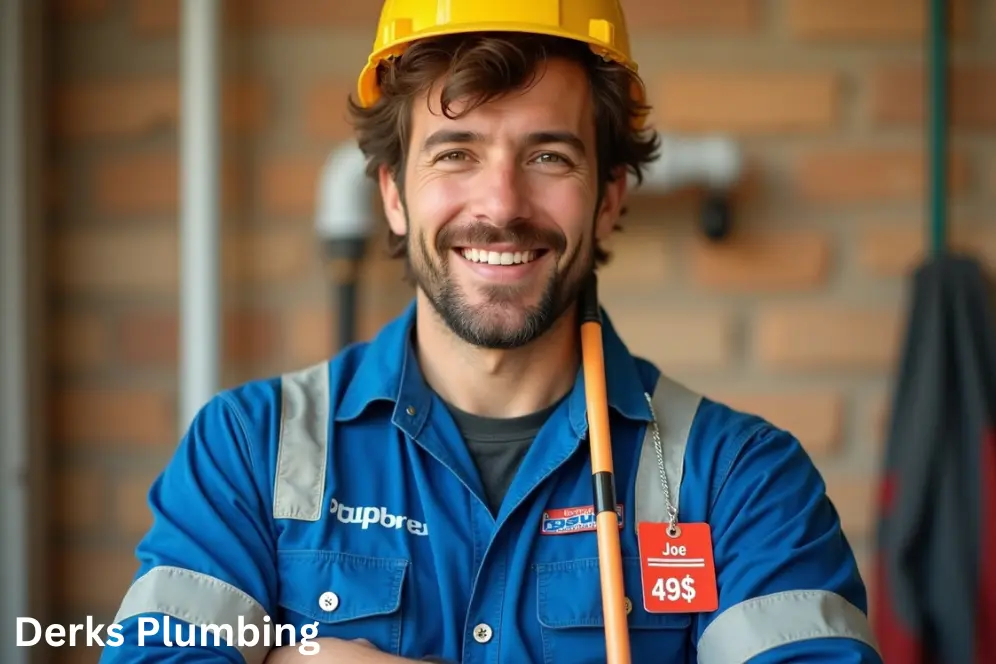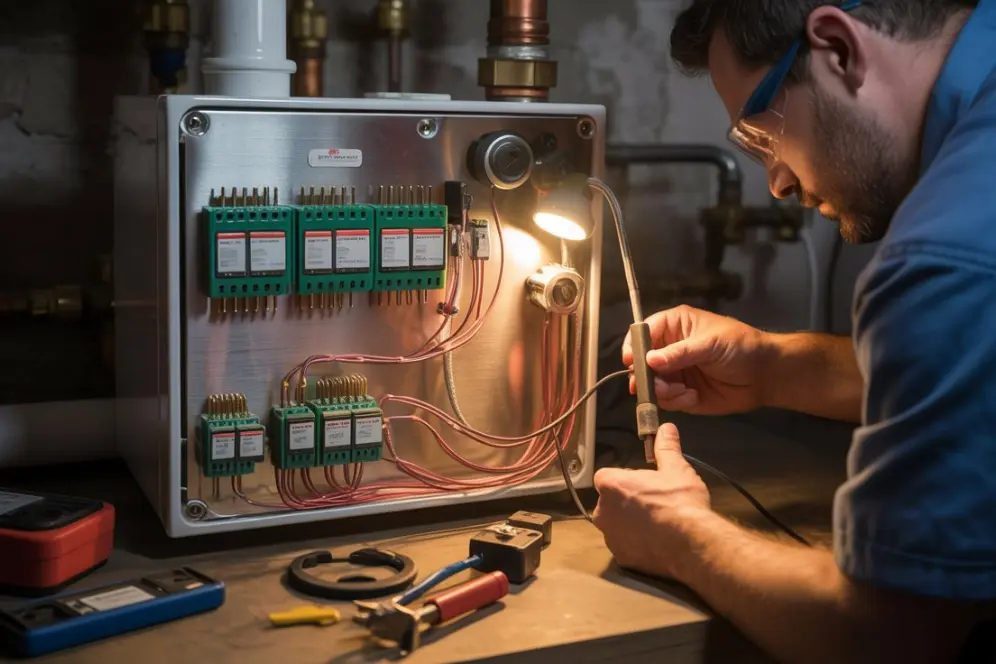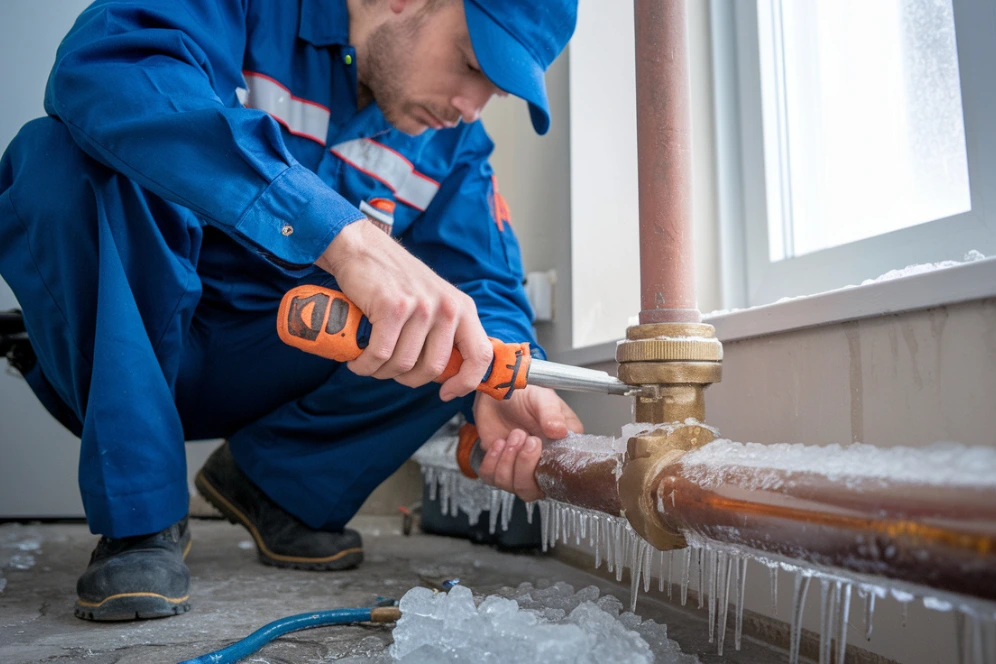What Is the Difference Between Heat and Temperature?
Have you ever thought what is the difference between heat and temperature? People often use these two words to refer to the same thing, especially when talking about the weather, cooking, or even home tools. But in science, they stand for two different ideas about how things work. It is important to know these changes in physics, engineering, and plumbing systems, especially when working with heating elements like water heaters. This blog post will talk about the difference between temperature and heat, how they work together, and why it’s important to know the difference between heat and temperature in theory and in real life. You’ll have a good understanding of thermal energy vs. temperature, how heat moves, and how to measure temperature by the end. We’ll also talk about how these ideas can be used with home products and why installing your heater correctly is so important for saving energy. What Is Heat? Heat is a way that energy can be moved. If two processes are not at the same temperature, this can happen. It is called thermal equilibrium that heat always goes from something hotter to something cooler until they are both the same temperature. In the International System of Units (SI), heat is measured in joules (J). It can also be shown in calories or British Thermal Units (BTUs). The movement of particles inside a material is what makes heat. These particles make more heat when they move faster. Instead of being something that can be kept like a fluid, it’s energy that’s moving. Let’s look at a simple example: if you put a cold spoon into a hot coffee cup, the coffee will heat up the spoon. The spoon gets hotter because of this energy shift. What Is Temperature? Temperature, not heat, is a way to measure how fast the particles in a material are moving on average. That is, it tells us if something is hot or cold, but not how much heat energy it has. Degrees Celsius (°C), Fahrenheit (°F), or Kelvin (K) are widely used to measure temperature. It’s an intensive feature, which means it doesn’t change based on how much of the substance is there. A cup of boiling water and a full pot of boiling water are both 100°C, but the amount of heat in each is different because of the difference in volume. To sum up, temperature is a way to measure how much energy is moving, while heat is energy itself. What Is the Difference Between Heat and Temperature? To understand the difference between heat and temperature, you need to know the difference between measuring energy and energy itself. Even though they are linked, they are defined and act in different ways in science. Heat is the total energy that a substance’s molecules use to move. Temperature is the average amount of energy that molecules have to move. In other words, temperature vs. heat is about the amount of energy and how it is understood. Two containers, one small and one large, may heat up at different rates if you use the same flame. However, the bigger container will hold more heat because it is heavier. This basic idea is important for science-based fields and even for managing everyday appliances. As an example, just because your water heater is hot doesn’t mean it’s giving off enough heat for your home. When you figure out how energy efficient something is, the link between thermal energy and temperature comes into play. The Role of Heat and Temperature in Real Life Temperature and heat difference are more important to us than we think. These rules are used to make predictions about the weather, cook times, and even building plans. Heat movement systems in homes and buildings, such as HVAC and water heaters, are carefully planned and built using exact math. Not knowing the difference between temperature and heat can waste energy or even cause systems to stop working. That’s why it’s important to have experts who know about the science behind heating systems put them in your home. If your water heater isn’t working right or you want to update it, you might want to talk to a professional. At Derks Plumbing, we offer Water Heater Installation & Repair in Los Angeles to help ensure your systems are operating at peak performance. Our team is trained to evaluate both thermal energy vs temperature effects and optimize your unit accordingly. Thermal Energy vs Temperature Let’s talk more about how thermal energy is different from temperature. Thermal energy is the sum of the kinetic energies of all the particles in a material, while temperature shows the average kinetic energy. Picture a big pool and a small cup of water that is boiling. This cup is warmer than the pool, but the pool has more thermal energy because it is bigger. This is the reason why thermal energy is a wide property and temperature is an intensive property. This difference is very important for handling energy in big systems like power plants, climate control units, and water heaters. If you only look at temperature to guess thermal capacity, you might not get the right result or use too much energy. Heat Transfer Mechanisms Heat transfers in three ways: conduction, convection, and radiation. Let’s briefly describe how these relate to our main topic. Conduction: Direct transfer of heat through materials—like a metal spoon in hot soup. Convection: Heat transfer through fluids or gases—important in plumbing systems. Radiation: Transfer of heat through electromagnetic waves—like sunlight warming your skin. In plumbing, particularly with water heaters, convection plays a vital role. The water inside your tank gets heated and rises, while cooler water sinks, creating a continuous cycle. If your system isn’t functioning efficiently, even a high temperature might not deliver enough heat to your faucets or showers. Why It Matters in Plumbing and Heating Systems Homeowners can take better care of energy-efficient machines if they know the difference between heat and temperature. There may be more than one










